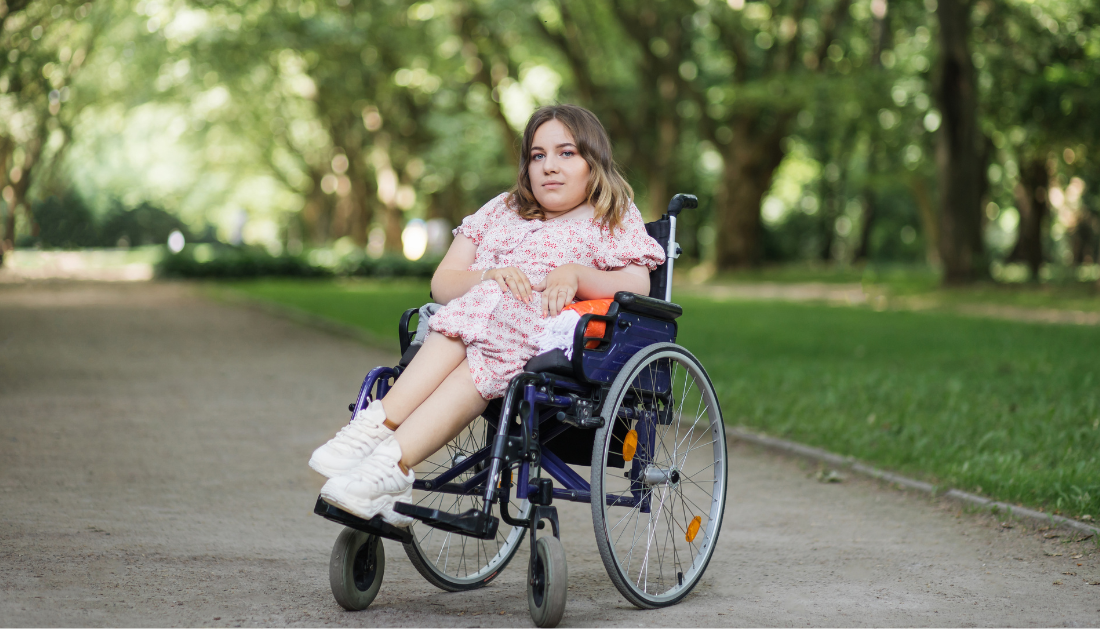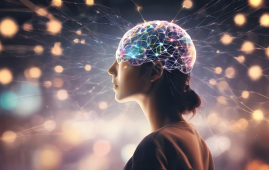

Spinal Cord Stimulation Restores Neural Function in SMA Patients
A groundbreaking clinical trial has demonstrated that spinal cord stimulation can help restore motor function in patients with spinal muscle atrophy (SMA), a severe neurodegenerative disease. Researchers at the University of Pittsburgh found that this drug-free, minimally invasive therapy improves muscle strength, walking ability, and fatigue levels, offering a new hope for treating neurodegenerative conditions.
Spinal Cord Stimulation: A New Approach to SMA Treatment
SMA is a genetic disorder that causes progressive loss of motor neurons, leading to severe muscle weakness and movement impairments. Current treatments, including gene therapy and medications, focus on slowing disease progression but do not reverse damage to nerve cells.
In this new study, researchers used spinalcord electrical stimulation to reactivate silent motor neurons, essentially rewiring neural connections to improve mobility and muscle function.
“To counteract neurodegeneration, we need two things—stop neuron death and restore function of surviving neurons,” said Dr. Marco Capogrosso, study co-author.
Clinical Trial Results: A Life-Changing Breakthrough
Three SMA patients participated in a 29-day pilot trial, undergoing spinalcord stimulation five times a week. The results were remarkable:
✔ All participants showed improved motor function
✔ Increased walking endurance by at least 20 meters
✔ Reduced fatigue and improved daily activity performance
✔ Improved motoneuron electrical function and strength
“Patients don’t expect to get better over time—but that’s exactly what we saw,” said Dr. Elvira Pirondini.
This therapy offers a potential alternative for other neurodegenerative diseases, including ALS and Huntington’s disease, by stimulating damaged neural pathways to restore movement.
Future Prospects: Expanding the Treatment
With encouraging early results, researchers plan to launch larger clinical trials to determine the long-term effectiveness of this approach. If successful, spinal cord stimulation could redefine treatment strategies for neurodegenerative diseases, providing millions of patients with renewed mobility and hope.
More Information: First-in-human study of epidural spinal cord stimulation in individuals with spinal muscular atrophy, Nature Medicine (2025). DOI: 10.1038/s41591-024-03484-8.
more recommended stories
 Colorectal Cancer Screening Rates Low in Adults 45–49
Colorectal Cancer Screening Rates Low in Adults 45–49Recent UCLA research reveals that colorectal.
 Gut Immune Cells and Long-Lasting Antiviral Protection.
Gut Immune Cells and Long-Lasting Antiviral Protection.Breakthrough Findings on How Gut Immune.
 Mild Pancreatic Duct Dilatation Signals Higher Cancer Risk
Mild Pancreatic Duct Dilatation Signals Higher Cancer RiskEarly Structural Changes Offer Critical Clues.
 How the Uterus Senses Force During Labor: New Insights
How the Uterus Senses Force During Labor: New InsightsA new study published in Science.
 Fat-Free Mass and Brain Outcomes in Preterm Babies
Fat-Free Mass and Brain Outcomes in Preterm BabiesEarly Fat-Free Mass May Hold the.
 How Hormones Shape Dopamine-Driven Learning
How Hormones Shape Dopamine-Driven LearningNYU Study on Hormones and Cognitive.
 Protein Pair Guides Chromosome Alignment in Mitosis
Protein Pair Guides Chromosome Alignment in MitosisKey Points A joint research team.
 Intensive mind-body retreat rapidly alters brain function
Intensive mind-body retreat rapidly alters brain functionAn intensive mind-body retreat combining meditation,.
 Citrus and Grape Compounds Help Prevent Type 2 Diabetes
Citrus and Grape Compounds Help Prevent Type 2 DiabetesA new clinical trial highlights the.
 Personalized Pain Care Transforms Parkinson’s Treatment
Personalized Pain Care Transforms Parkinson’s TreatmentNew UniSA research underscores the urgent.

Leave a Comment